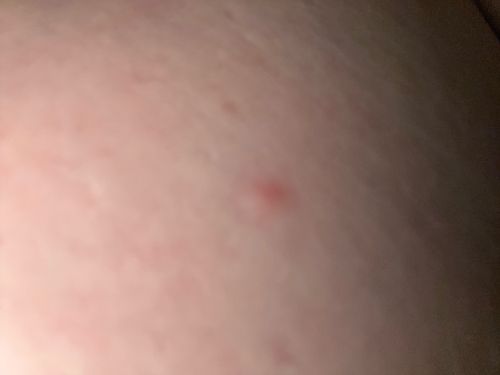Chigger
Scientific Name: Trombiculidae (family)
Order & Family: Order: Trombidiformes, Family: Trombiculidae
Size: Larvae (the parasitic stage) are microscopic, typically 0.2 to 0.4 mm in length. Adults are larger, up to 1 mm, and are not parasitic.

Natural Habitat
Chiggers are found outdoors in grassy and wooded areas, especially in tall grass, weeds, berry patches, and along the edges of forests. They are common in warm, humid climates.
Diet & Feeding
Liquified host skin cells
Behavior Patterns
Unlike many other mites, chiggers require only one blood meal per life stage (larva). They typically attach to areas of constricted clothing or thin skin. They inject digestive enzymes that break down skin cells, creating a stylostome (a hardened feeding tube). They then feed on the liquified tissue, not blood. The bite often goes unnoticed initially, with itching starting hours later.
Risks & Benefits
Potential Risks: Chiggers bites cause intense itching, which can lead to secondary skin infections from scratching. In some parts of the world, certain species of chiggers can transmit scrub typhus, a bacterial disease. Fortunately, this is rare in North America. Potential Benefits: In their adult and nymph stages, many chigger species are predatory on other small arthropods and their eggs, including some pest species, thus playing a role in natural pest control.
Identified on: 9/4/2025